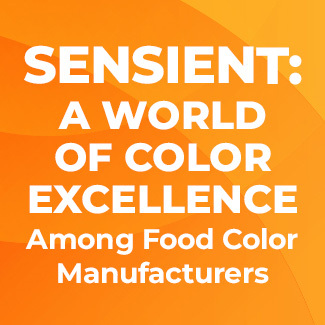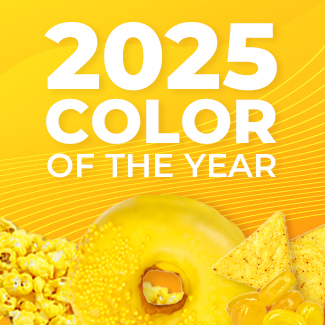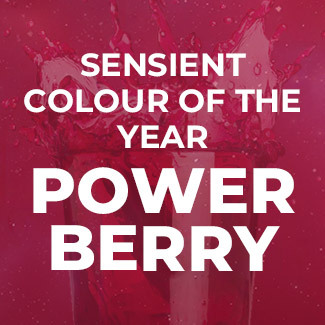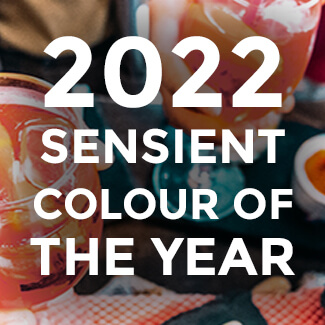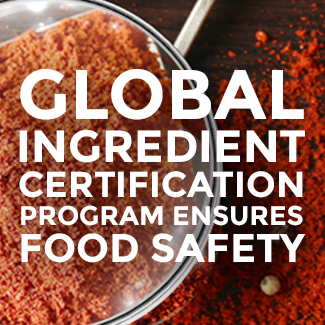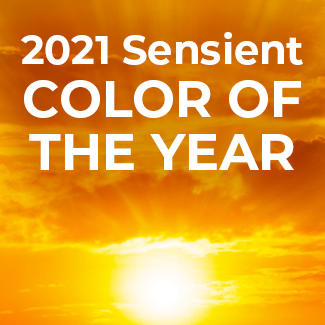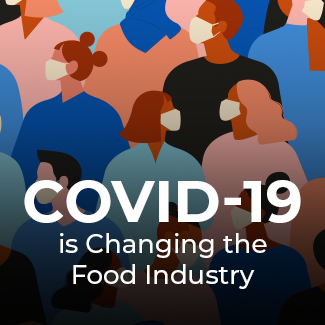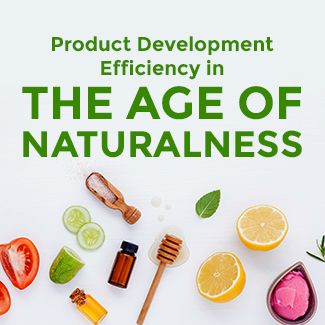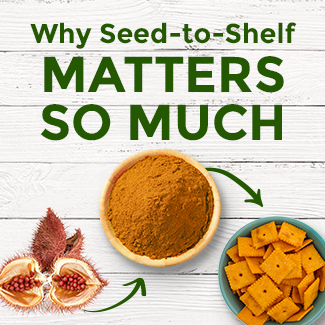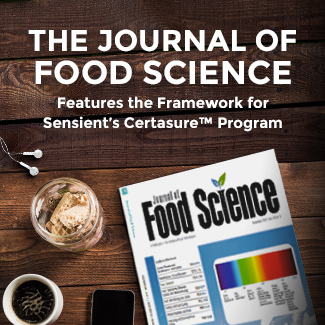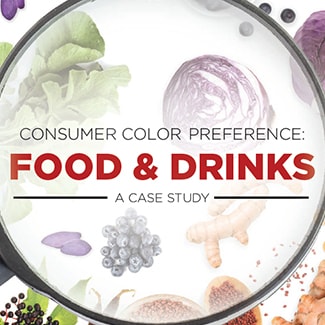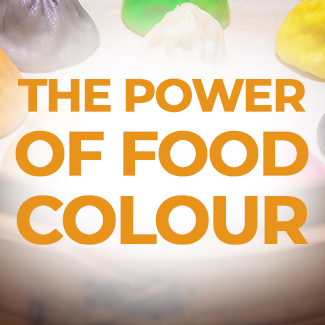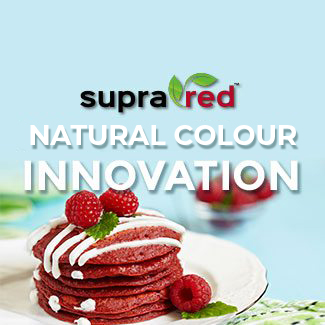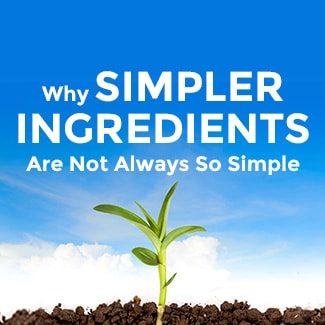A Global Outlook on the
Continuous Scrutiny of Carmine
Consumers Continue to Avoid Artificial Ingredients
According to the Nielsen Global Health and Ingredient Sentiment Survey conducted in the first quarter of 2016, consumers globally say they try to avoid these top-three ingredients:


These three topped other “out of favor” ingredients like sugar, sodium, gluten, and saturated fats, suggesting a global mindset more focused on removing synthetic ingredients than other nutritional issues. As for colour, I find it interesting that emerging market regions like Asia-Pacific and MEA are more concerned about artificial colours than either Europe or North America. A lot of attention has been placed on major natural colour announcements coming from large U.S. packaged food brands, but this is truly a global shift.

Changing Perspectives on Carmine
Against the backdrop of more global demand for colour from natural sources, one of the most stable and best-performing natural colourants is coming under increasing scrutiny. I am referring, of course, to carmine and cochineal.
Carmine has been a popular choice for natural red colour in Europe for a long time. It has been a very effective alternative to synthetic colours. Recently though, the colour has come under a more critical view. In the European market, vegetarianism is growing too. Additionally, the demand for Halal certification is on the rise, and there is a segment of consumers who are somewhat turned off by the idea of using insects as a food colour source. Together, these trends have limited the appeal of carmine. Equally concerning is the apprehension around aluminum content in laked carmine and EU regulatory restrictions.
“Due to potential legislation changes and consumer demands, more food manufacturers look for Carmine-free alternatives.” @SensientColorNA


Carmine in Other Parts of the World
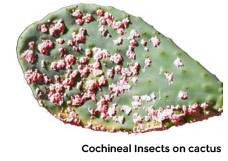 In North America, many food manufacturers avoid using carmine for different reasons. In January 2011, the U.S. FDA began requiring all food and drinks to specifically label carmine due to some isolated allergen concerns. Additionally, the colour generally does not comply with Kosher requirements. More than either of these two reasons, however, was a general unease with the origin of the bright red colour. When it comes to natural colour, U.S. consumers prefer the source to be plant based.
In North America, many food manufacturers avoid using carmine for different reasons. In January 2011, the U.S. FDA began requiring all food and drinks to specifically label carmine due to some isolated allergen concerns. Additionally, the colour generally does not comply with Kosher requirements. More than either of these two reasons, however, was a general unease with the origin of the bright red colour. When it comes to natural colour, U.S. consumers prefer the source to be plant based.
US general population thinking about their life 10 years ago, the following is somewhat/very important to how they make their food and beverage decisions
Source: NMI H&W Sensient Survey 2017
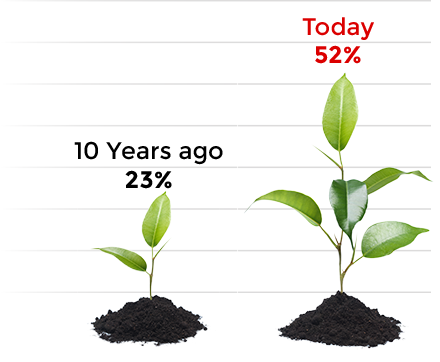
Importance of Plant-Based Food Colouring
 In many parts of Asia, carmine is a less than ideal colour because of the fast growing demand for packaged food products with Halal certification. Given the population and growth in countries like Indonesia, this is hardly surprising and something we expect to become more of a global norm. Likewise, in many parts of the world, notably in Europe, North America, and certain parts of Asia, the trend is towards plant based or vegetarian food products. All of these factors affect the appeal of carmine going forward.
Finally, carmine has historically been a natural colour with the most price volatility. The harvesting of cochineal can be greatly impacted by weather and other issues, and there are only a few worldwide growing regions. While carmine is one of the more efficient natural colour sources, the price volatility can still be a major source of frustration for manufacturers when it comes to forecasting and budgeting.
In many parts of Asia, carmine is a less than ideal colour because of the fast growing demand for packaged food products with Halal certification. Given the population and growth in countries like Indonesia, this is hardly surprising and something we expect to become more of a global norm. Likewise, in many parts of the world, notably in Europe, North America, and certain parts of Asia, the trend is towards plant based or vegetarian food products. All of these factors affect the appeal of carmine going forward.
Finally, carmine has historically been a natural colour with the most price volatility. The harvesting of cochineal can be greatly impacted by weather and other issues, and there are only a few worldwide growing regions. While carmine is one of the more efficient natural colour sources, the price volatility can still be a major source of frustration for manufacturers when it comes to forecasting and budgeting.
Looking Ahead
 Despite its drawbacks, carmine today is still a widely used natural food colour. It exhibits strong heat and light stability and tends to resist migrating or bleeding better than typical alternatives. However, given the ongoing advancements in purification and extraction, along with the development of novel sources, I suspect we will see a shift away from both carmine and cochineal over time.
At Sensient, our R&D program is actively working on natural colour and colouring food options able to replace carmine effectively at competitive cost-in-use levels. In fact, we began the journey about two years ago with solutions for ice cream and frozen novelties in the European market. More recently, our breakthrough heat stable SupraRed™ natural colour was introduced. You can expect more natural reds in the very near future as well.
Despite its drawbacks, carmine today is still a widely used natural food colour. It exhibits strong heat and light stability and tends to resist migrating or bleeding better than typical alternatives. However, given the ongoing advancements in purification and extraction, along with the development of novel sources, I suspect we will see a shift away from both carmine and cochineal over time.
At Sensient, our R&D program is actively working on natural colour and colouring food options able to replace carmine effectively at competitive cost-in-use levels. In fact, we began the journey about two years ago with solutions for ice cream and frozen novelties in the European market. More recently, our breakthrough heat stable SupraRed™ natural colour was introduced. You can expect more natural reds in the very near future as well.



